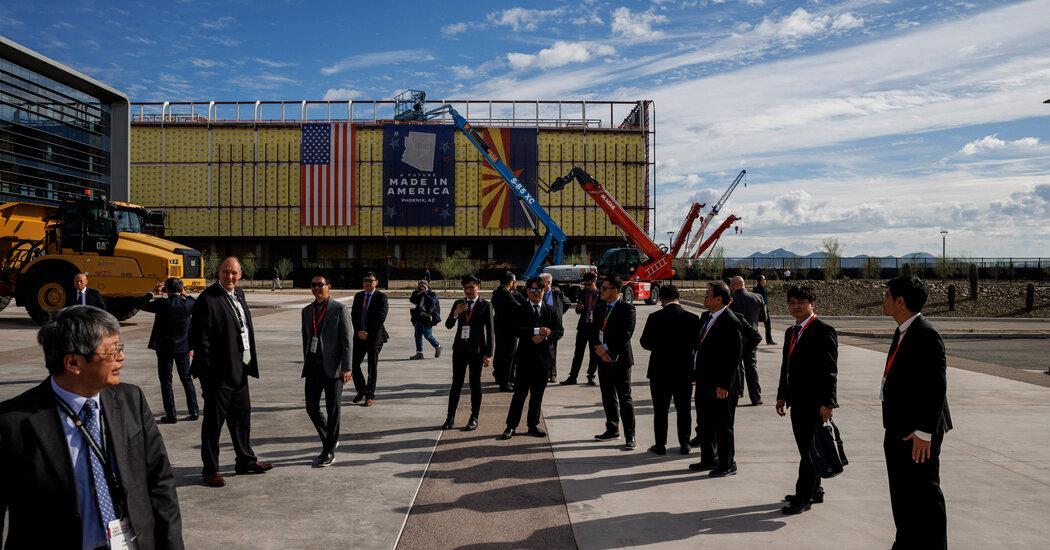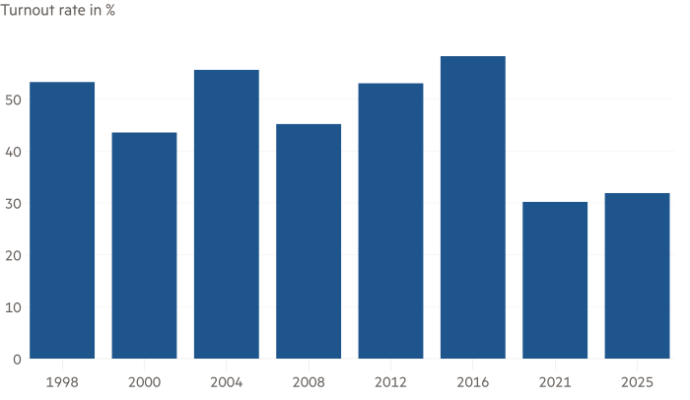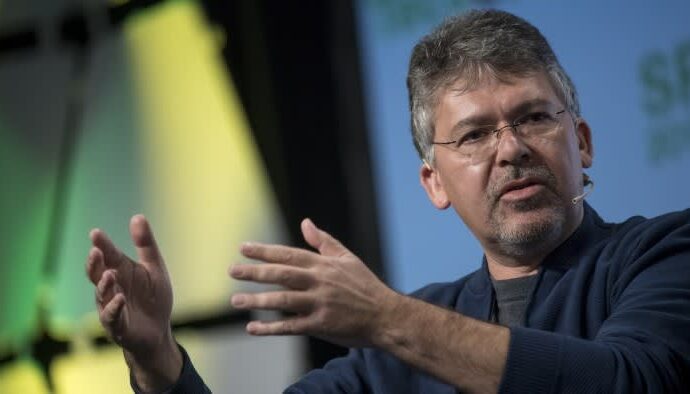
The company originally set the technology level at the Phoenix site at five nanometers. That was an advance over most chips in 2020, but behind the level that TSMC would produce in Taiwan in 2024, when the U.S. factory is set to open. The new plan would upgrade the factory to also use four-nanometer technology, which Apple was first to adopt. The second factory, expected to begin operating in 2026, will be able to produce three-nanometer chips, TSMC said.
Intel, which hopes to introduce its own new production processes over the next two years, took issue with TSMC’s suggestions that its technology in Arizona will be the most advanced in the United States in 2024.
“I would disagree with that point of view,” said Ann Kelleher, the executive vice president who heads Intel’s manufacturing technology development.
State and local officials in Arizona have already agreed to offer financial incentives for the first phase of TSMC’s construction, and the company is expected to apply for federal grants for both phases under the CHIPS Act.
The new TSMC factories couldn’t by themselves fulfill U.S. demands for advanced chips. Handel Jones, an analyst who heads International Business Strategies, said TSMC’s factories in Taiwan would still be needed, both because of their production capacity and because they will be making more advanced technology by 2026.
TSMC operates four factories in Taiwan that each can process up to 100,000 semiconductor wafers each month. In Arizona, TSMC initially said the first factory could process 20,000 wafers a month. It now estimates that the two factories’ combined output will be 50,000 a month, or 600,000 a year.
But even relatively small operations in the United States can become important, industry executives said, particularly for individual customers like Apple or for the production of particularly crucial chips in emergencies.


